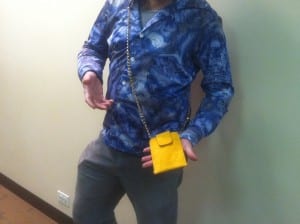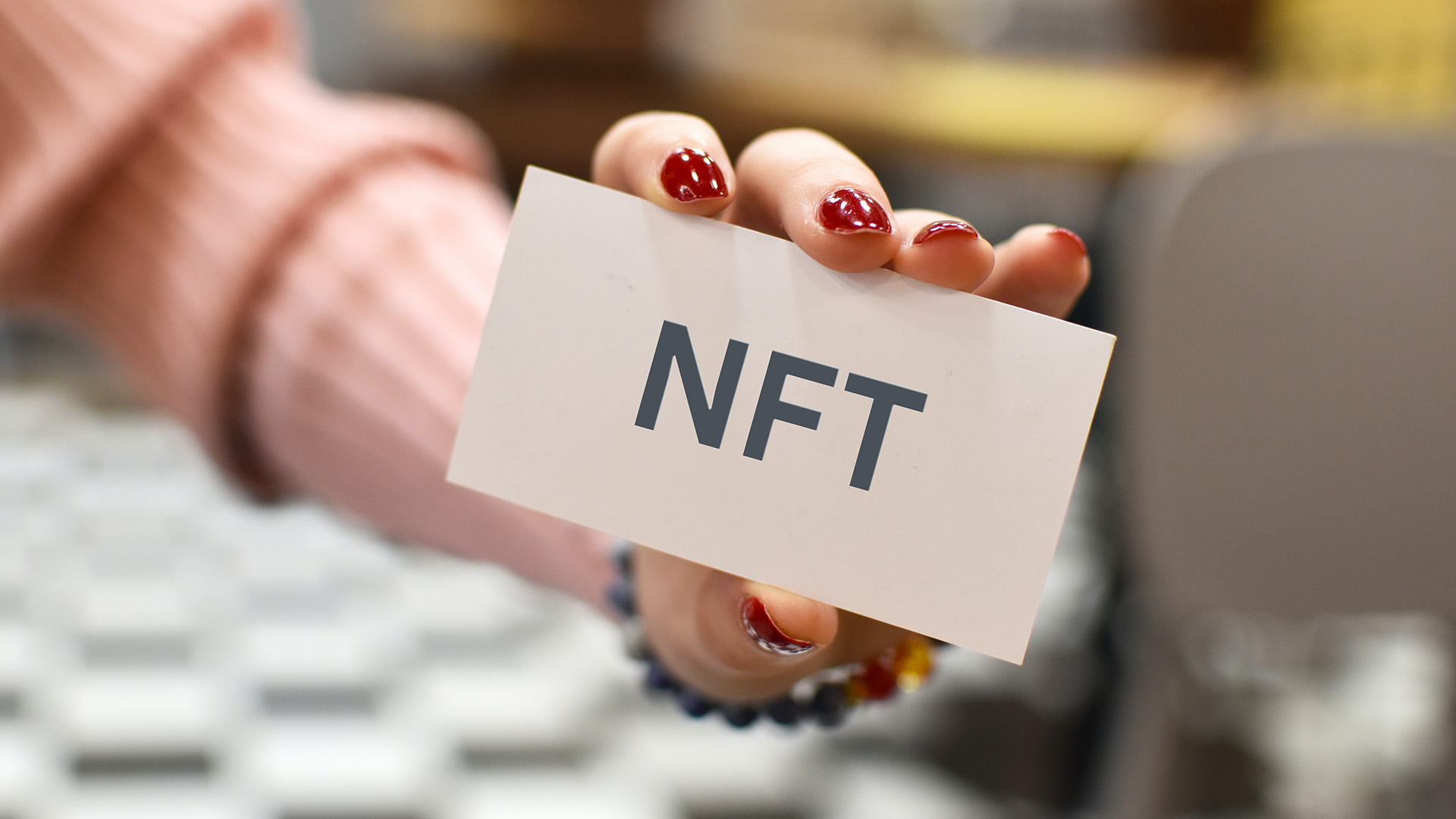 Murse, short for “man purse” and mewelry, short for — you guessed it — “man jewelry” are recent additions to the lexicon being used to describe the latest trends in men’s fashion and style, according to Jenna Bush Hager, special correspondent for the Today Show.
Murse, short for “man purse” and mewelry, short for — you guessed it — “man jewelry” are recent additions to the lexicon being used to describe the latest trends in men’s fashion and style, according to Jenna Bush Hager, special correspondent for the Today Show.
But her oh-so-trendy cohorts were not buying it. “C’mon” said Al Roker, and “Really?!!” responded Matt Lauer. In this case, I think they have a point.
While highly entertaining, yesterday’s segment (a follow-on to a piece in the Wall Street Journal last fall), raises interesting questions for the marketer and armchair trend trekker within all of us. We are all familiar with the term “tipping point” and the natural progression from fad to trend to “things that enjoy long-term stickiness.” So here’s my question: when the media intervenes, can they credibly create a “tripping point?”
Consider this: If the fashion industry conjures up “insider” words to describe the latest innovations in men’s fashion and style, does that really mean the “marka” (man parka) will gain traction organically in the mainstream? Will we ever witness a natural tipping point for “mandals” and “mankinis?” Or will these faddish terms simply run their course as intended and leave us duped into thinking we missed a trend?
Just because the media names it, frames it and broadcasts it, is it worthy of trend status (and ultimately our marketing dollars)? Can they authentically move mass consumers to the tipping point on an accelerated time frame? And if so, what’s the implication for marketers?
I welcome observation and input from other students of the Zeitgeist.
Visit msnbc.com for breaking news, world news, and news about the economy


